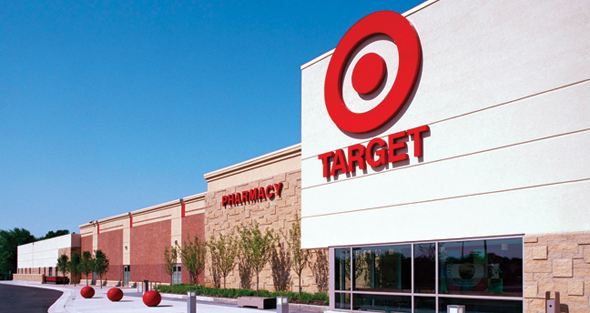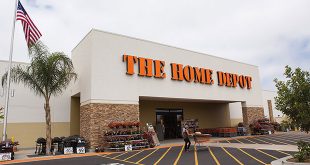Target CEO Brian Cornell recently offered his perspective on Amazon’s purchase of Whole Foods, Target’s plans for the future, as well as the company’s changing customer demographics, according to a report from The Star Tribune, which is located near Target’s Minneapolis headquarters.
Speaking at the Fortune Brainstorm Tech conference in Aspen, Colorado, last month, Cornell said he and other CEOs were not surprised by Amazon’s purchase of Whole Foods, saying it proves physical retail spaces still matter in today’s economy.
“And even for Amazon, I think there’s a recognition that a physical store and proximity is important to the consumer,” Cornell says.
Discussions of Amazon’s brick-and-mortar footprint and Walmart’s recent purchases of e-commerce retailers led Cornell to comment on his company’s acquisitions, including Target’s $75 million investment in mattress manufacturer Casper.
“In today’s retail environment, partnerships are really important,” Cornell says. “Partners are very important today and will be even more important going forward.”
Cornell also discussed Target’s plans for future innovation.
Some past initiatives conceived by entrepreneurs-in-residence, including in-store farms, have been canceled as the company’s management aims to focus on ideas that build a stronger Target brand and meet consumers’ needs directly, he says.
Instead, Target’s strategy will include the launching of a dozen in-house brands, opening smaller-format stores in urban locations and reconfiguring its supply chain to keep stores stocked and have online orders arrive at customers’ doorsteps quicker.
Cornell reiterated Target’s advantages as a “hybrid of a mass and specialty retailer,” according to the article.
As a multicategory retailer, Target has the ability “to lean into trends, to lean into different categories when the time is right,” giving the company a unique position, he said at the conference.
“The versatility of our model—the multicategory nature and our ability to fulfill that both from a physical and digital standpoint—it makes us very unique in the market,” Cornell says.
Cornell also spoke about his company’s changing consumer demographics.
He cited a statistic from market research firm NPD Group, saying that shopping rates in Spanish-speaking households were down 11 percent in November and December 2016.
This news is of particular concern for Target, a company that has seen its base shopper profile transition in recent years from a suburban soccer mom to a customer who is increasingly likely to be a millennial living in a city or Latino, according to the article.
“They are staying home,” Cornell says of Latino shoppers. “They are going out less often, particularly along border towns in the United States. You’re seeing a change in behavior.”
Target has sought Latino customers through recent advertising pushes, according to The Star Tribune. During the 2016 holiday season, it released Spanish-language ads and featured a Venezuelan lead in some TV spots.
 Hardware Retailing The Industry's Source for Insights and Information
Hardware Retailing The Industry's Source for Insights and Information






